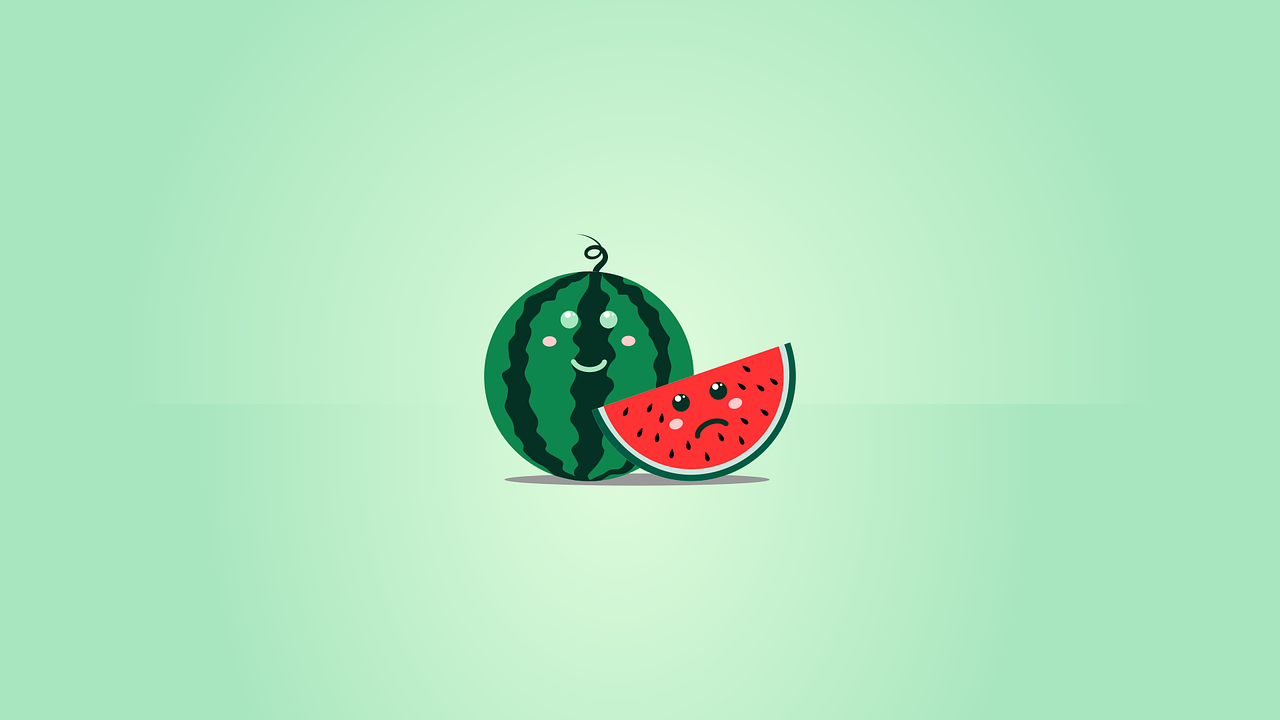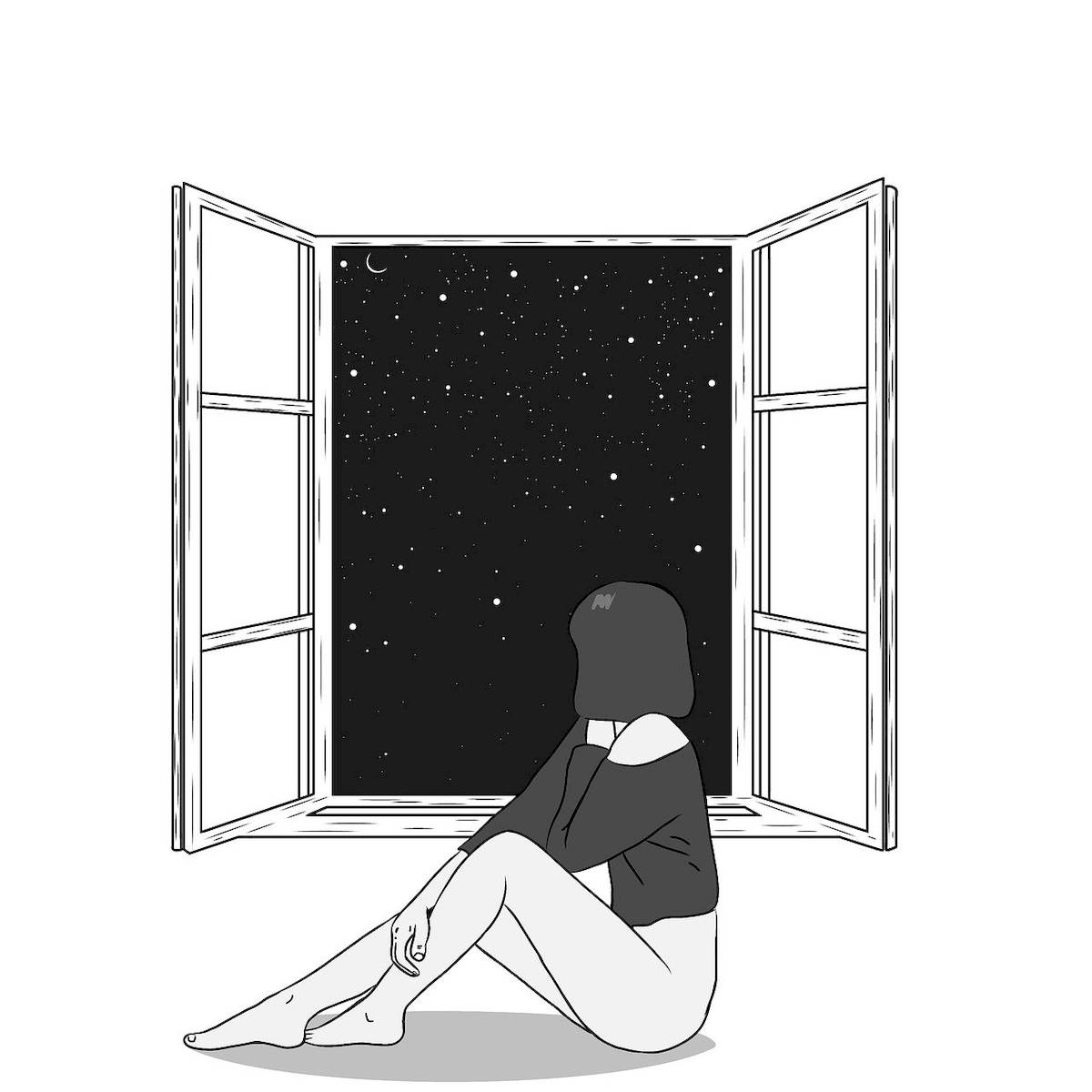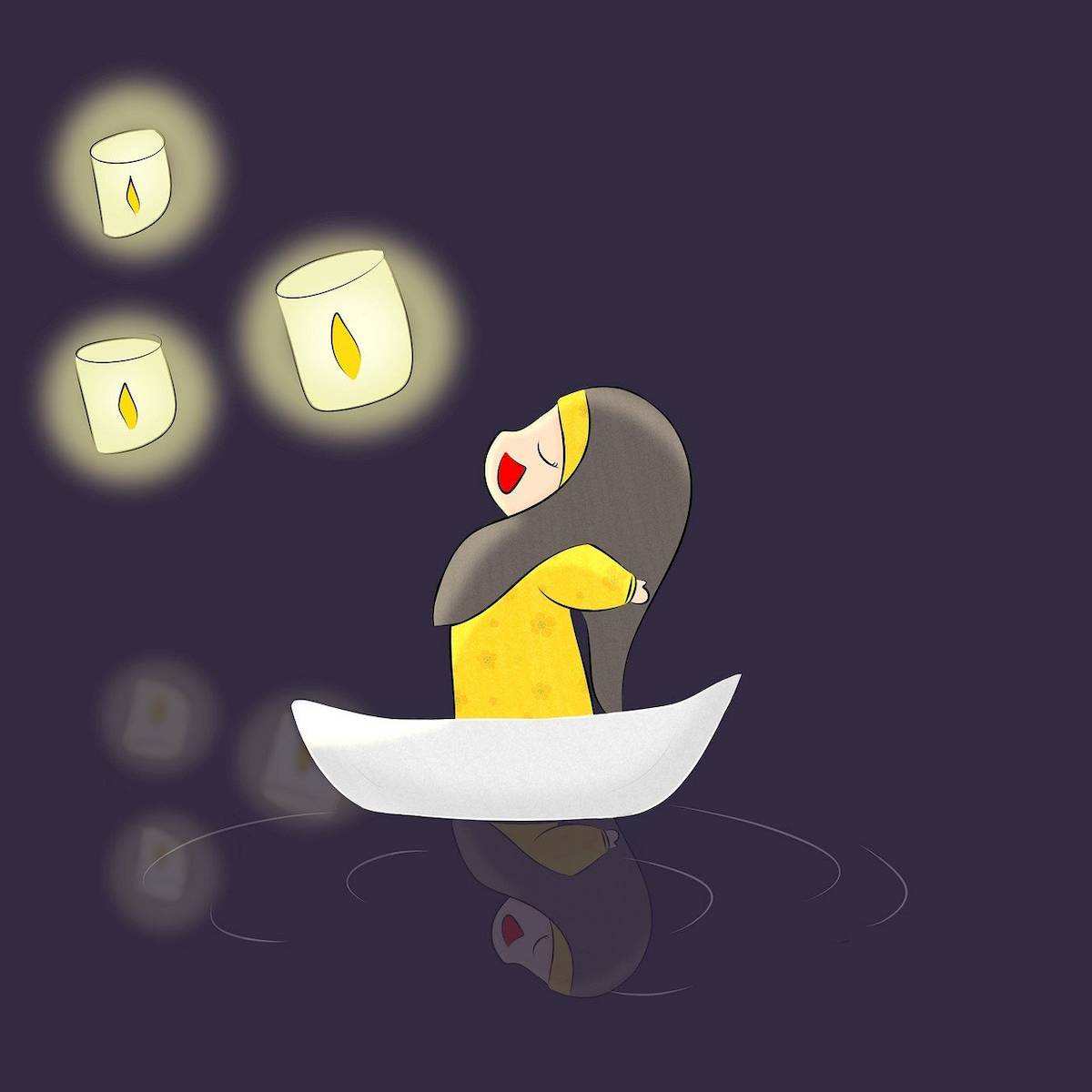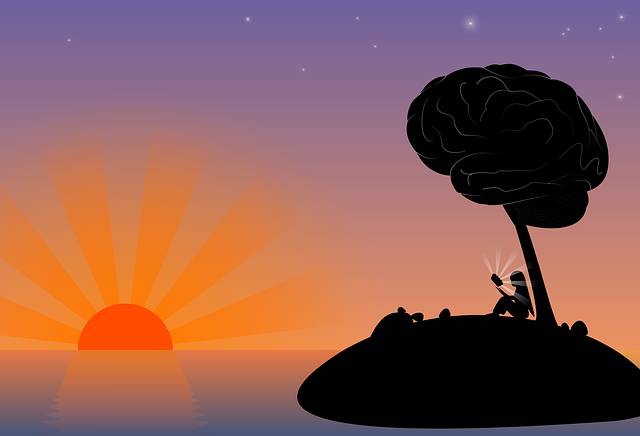In the intricate dance of human interaction, our creative spirits often find themselves at the mercy of the groups we choose to associate with. The adage 'birds of a feather flock together' holds profound truth in the realm of creativity, where the company we keep can either elevate or stifle our innovative potential. This article explores the psychological underpinnings of creativity, focusing on how self-perception and group dynamics shape our creative output.
Creativity, often seen as the spark of genius, is a multifaceted phenomenon that involves the generation of new ideas or concepts, the recombination of existing ideas into new forms, and the ability to perceive the world in novel ways. However, our creative prowess is not solely determined by innate abilities; it is significantly influenced by our self-perception and self-assessment. How we view ourselves as creative beings can be a self-fulfilling prophecy, either unlocking our potential or constraining it.
Self-perception plays a pivotal role in shaping our creative identity. When we perceive ourselves as creative, we are more likely to engage in activities that foster creativity, such as brainstorming, problem-solving, and experimentation. Conversely, if we view ourselves as lacking in creativity, we may shy away from these activities, thereby limiting our creative output. This self-perception is often influenced by social comparisons—comparing our creative abilities to those of others. If we consistently find ourselves falling short in these comparisons, our self-esteem and confidence in our creative abilities may suffer, leading to a diminished creative output.
Group dynamics further complicate the landscape of creativity. The groups we belong to can either be a source of inspiration and support or a hindrance to our creative growth. When we find ourselves in groups that value and encourage creativity, we are more likely to feel empowered to express our innovative ideas. The positive feedback and constructive criticism from such groups can fuel our creative fire, pushing us to explore new frontiers and take creative risks.
However, the opposite is also true. If we are part of groups that discourage creativity or favor conformity over innovation, our creative spirit may be dampened. The fear of judgment or rejection can silence our creative voice, causing us to suppress our most innovative ideas. This suppression can lead to a stagnation of creative output, as we conform to the norms and expectations of the group rather than daring to be different.
Moreover, the influence of group dynamics extends beyond the immediate group we are part of. The broader social and cultural context in which we operate can also shape our creative identity. Cultural norms, societal expectations, and institutional structures can either foster or hinder creativity. For instance, cultures that value individualism and innovation may provide a more conducive environment for creative expression than those that prioritize conformity and tradition.
In conclusion, our creative output is a complex interplay of self-perception, self-assessment, and group dynamics. By understanding these psychological factors, we can better navigate the challenges and opportunities that arise in our creative journeys. Whether we are leading the flock or following it, the key lies in cultivating a mindset that embraces creativity, challenges conformity, and seeks inspiration in the diversity of human thought. By doing so, we can unlock our full creative potential and contribute to the rich tapestry of human innovation.




发表评论 取消回复